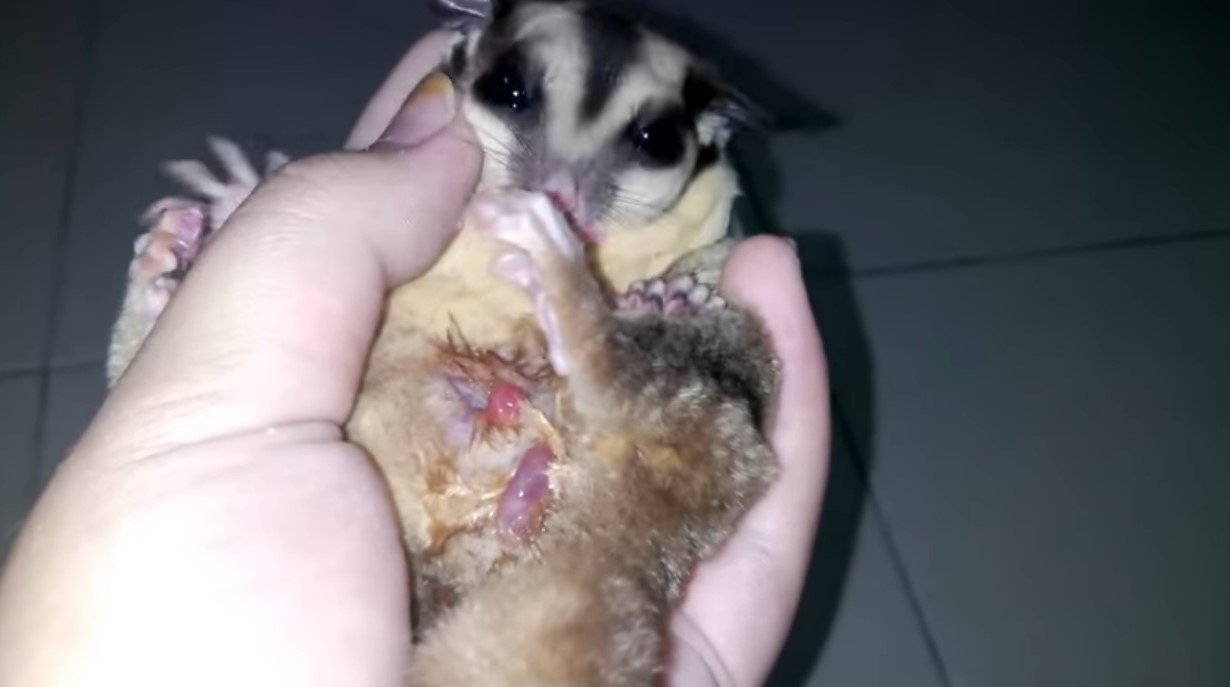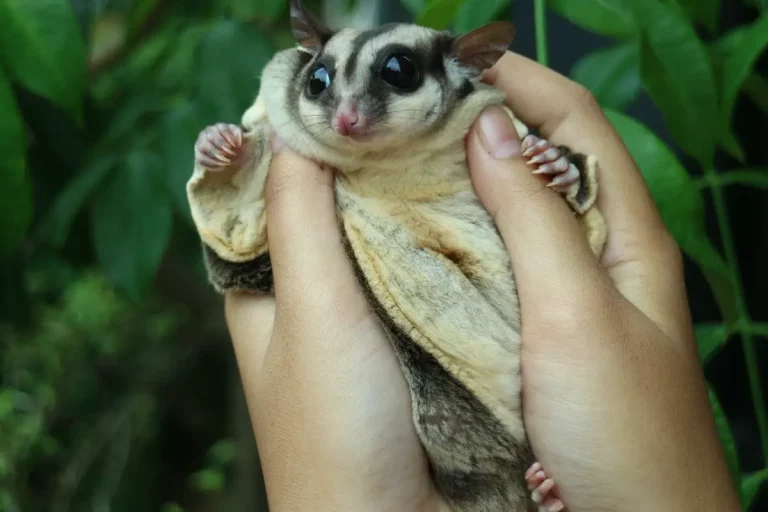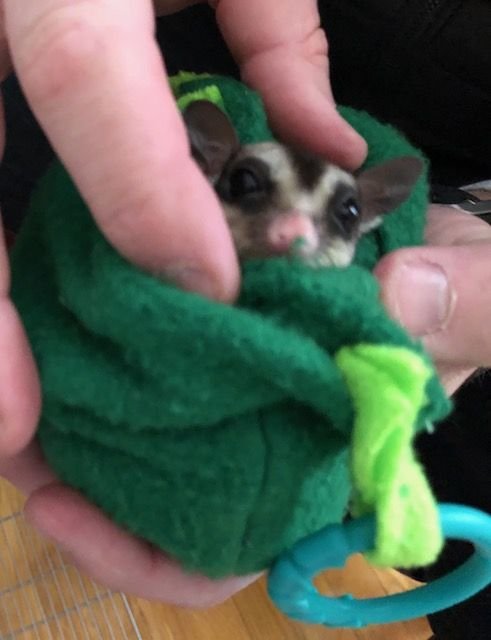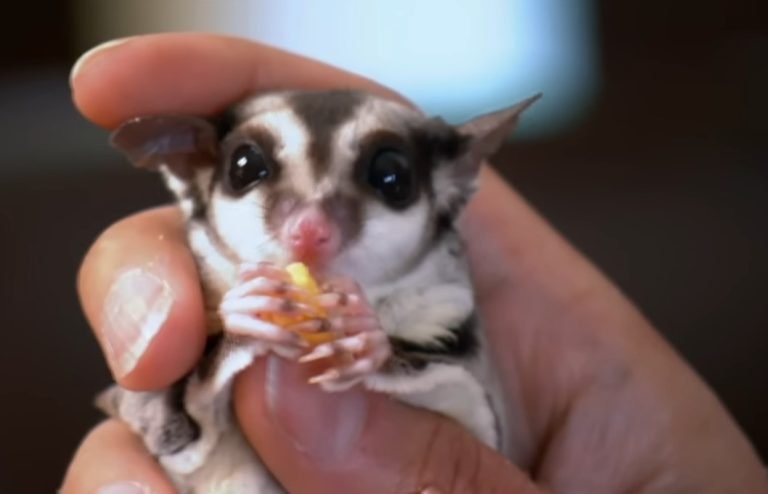How Do Sugar Gliders Give Birth
How do Sugar Gliders Give Birth?
Sugar gliders are small, adorable marsupials native to Australia, New Guinea, and Indonesia. These gliding mammals are known for their cute appearance and unique ability to glide through the air. But have you ever wondered how sugar gliders give birth? In this article, we will explore the fascinating process of sugar glider reproduction and birth.
Before we dive into the details, let’s start with a brief answer: Sugar gliders give birth to tiny, underdeveloped joeys, which then continue to develop in their mother’s pouch. This process is similar to other marsupials such as kangaroos and opossums. Now, let’s explore the topic further in the sections below.
The Reproductive System of Sugar Gliders
Just like other mammals, sugar gliders have a reproductive system that allows them to reproduce and give birth to their young. In female sugar gliders, the reproductive system consists of two ovaries, a uterus, and a pouch. The ovaries produce eggs, which are released during ovulation. If the egg is fertilized by sperm from a male sugar glider, it is then implanted into the uterus for further development.
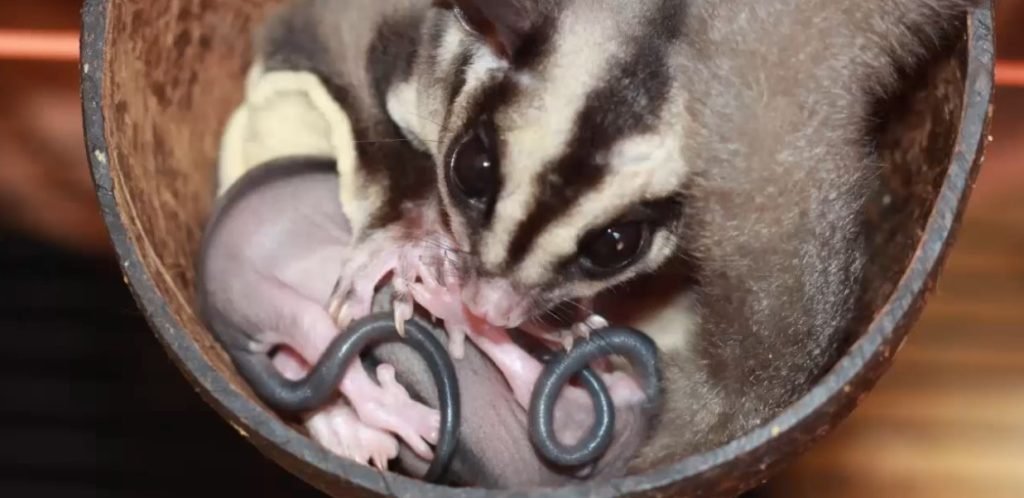
Gestation Period
After successful fertilization, the gestation period of a sugar glider is relatively short compared to other mammals. The gestation period, also known as the time between fertilization and birth, lasts around 15 to 17 days. During this period, the fertilized egg divides and develops into a tiny embryo.
The Birth Process
When the gestation period is complete, the sugar glider mother will give birth to her young, known as joeys. However, the birth process itself is quite unique and different from what we typically envision. Unlike placental mammals, sugar gliders do not have a well-developed placenta to support the growth of their young. Instead, they have a unique reproductive adaptation called a marsupium or pouch.
When the joeys are born, they are incredibly small and underdeveloped. In fact, they are blind, hairless, and resemble tiny jellybeans. The mother sugar glider uses her paws and mouth to clean the joeys and guide them into her pouch, where they will continue to develop and grow. The pouch provides a safe and nurturing environment for the joeys to mature.
Once inside the pouch, the joeys attach themselves to one of the four teats, which deliver milk for their nourishment. The teats swell up and become engorged to accommodate the growing joeys. The milk produced by the mother sugar glider is highly nutritious and crucial for the development of the joeys.
Maturation in the Pouch
The development of the joeys inside the pouch is an incredible process to witness. Over the course of several weeks, the joeys grow rapidly as they continue to draw nourishment from their mother’s milk. They gradually develop fur, open their eyes, and grow more mobile. However, they are still reliant on their mother for warmth, protection, and nourishment.
After about 70 to 75 days, the joeys start to venture out of the pouch and explore their surroundings. They become more independent and start to eat solid food while still nursing from their mother. By around four to five months of age, the joeys are fully weaned and ready to leave the pouch for good.
Frequently Asked Questions
1: How many joeys does a sugar glider usually have?
Sugar gliders typically give birth to one to two joeys at a time. However, it is not uncommon for them to have up to four joeys in a single litter.
2: How long does a sugar glider carry its young in the pouch?
Sugar gliders carry their young in the pouch for an average of 70 to 75 days. During this time, the joeys develop and grow at a remarkable rate.
3: Can sugar gliders give birth to premature joeys?
Yes, sugar gliders can give birth to premature joeys. If the birth occurs before the full gestation period, the joeys may require extra care and attention to ensure their survival.
Final Thoughts
The process of sugar glider reproduction and birth is truly fascinating. From the tiny, underdeveloped joeys to their growth and maturation inside the mother’s pouch, every step is a testament to the resilience and adaptability of these adorable marsupials. If you ever have the chance to witness a sugar glider mother and her joeys, you’ll be amazed by the care and dedication she provides to ensure their survival. So, next time you see a sugar glider, remember the incredible journey they’ve undertaken to come into the world.

